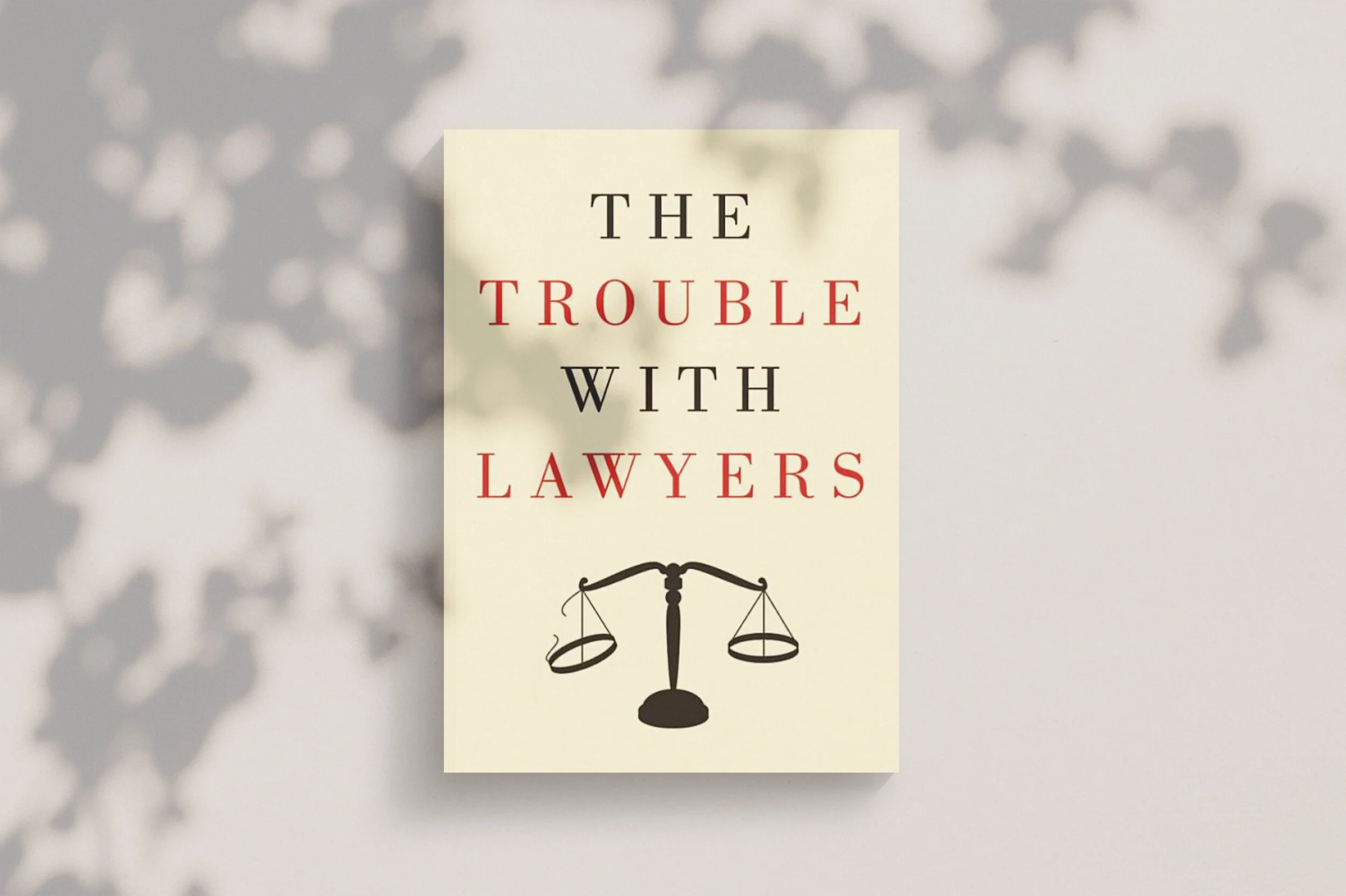The Trouble with Lawyers: Looking Inward at the Legal Profession
Published for Thomson Reuters Legal Executive Institute on May 27, 2015
Everyone interested in improving the profession of law should read Deborah Rhode’s latest book, The Trouble with Lawyers (Oxford Press, June 2015).
Ms. Rhode is an eminent professor at the Stanford Law School and a prolific writer and speaker. She has been a scholar and empirical student of the way law is practiced and regulated for nearly four decades. Her command of these subjects shows on every page of her new book.
The book begins by observing: “These are not the best of times for lawyers.” Of course, there is much that appears to be quite good for lawyers today: the aggregate demand for legal service in the world is at an all-time high, and the largest law firms are very profitable. Rhode’s focus goes deeper—going to the experience of the people who practice law and those who depend on it. As she says on the opening page, all of the challenges facing the legal profession “have a human face.”
Rhode examines five interrelated dimensions of contemporary law:
The Conditions of Practice
Access to Justice
Diversity in the Profession
Regulation of the Profession
Legal Education
Effectively using data, research and anecdotes, she sets out the challenges in each, and suggest strategies to deal with them.
While it does not pull any punches, the book maintains a balanced tone and perspective throughout. Importantly, it does not bash lawyers, law firms or any of the other participants. To the contrary, Rhode expresses confidence in lawyers’ ability to make things better, and throughout the book calls on them to do so.
Conditions—Rhode details the elements of contemporary law practice that have undermined notions of collegiality and professionalism and reduced lawyer career satisfaction. As we have dealt with expansion, competition, and the pursuit of maximum profits, we have managed to drain much of the intrinsic reward from law practice.
Rhode encourages individual lawyers to be more proactive about their career choices and law firms to evaluate sincerely the satisfaction of their lawyers, and address the sources of discontent. She also encourages clients to pressure their outside firms to deal with these issues.
Access—Rhode calls it a “shameful irony” that a country with one of the world’s highest concentrations of lawyers does so little to make legal services accessible. She chronicles how far short the US justice system falls in meeting the needs of low- and moderate-income citizens, both in criminal and civil settings, providing poignant examples of the personal toll that this shortfall exacts on people.
Rhode’s focus goes deeper—going to the experience of the people who practice law and those who depend on it.
Rhode suggests a number of corrective steps—starting with a “massive infusion” of resources—to address the access issue. Among her other recommendations is a call for regulators to liberalize notions of authorized practice to permit more professionals to serve unmet civil law needs.
Diversity—Rhode observes another irony here: lawyers have led the struggle for diversity as advocates, yet have not been able to achieve it adequately in their own workplaces. Noting that considerable progress has been made over the years and that the bar is deeply committed “in principle” to equal opportunity, Rhode quantifies the gender and racial gaps that persist in law. She then provides a clear and useful discussion of unconscious bias, stereotypes and structural issues that contribute to the challenge.
Rhode suggests strategies for individuals and for organizations. In both cases she is constructive and clear-eyed. There are no silver bullets. Sincere organizational commitment, emanating from the top, and persistence are the keys.
Regulation—This the broadest of the five issues Rhode tackles. She takes on the entire structure and system for regulating the practice of law, as well as several substantive issues. It makes for good reading on both fronts.
On structure, Rhode lays out the legal profession’s unique level of regulatory independence and argues that it has shielded it from accountability and innovation. She further -contends that the state-by-state framework is ill-suited to regulate law practice that is increasingly national and multinational.
On structure, Rhode lays out the legal profession’s unique level of regulatory independence and argues that it has shielded it from accountability and innovation.
She then addresses five regulatory issues which are candidates for substantive reform: multi-jurisdictional practice; multidisciplinary practice; outside investment in law firms; continuing legal education; and lawyer discipline. In each case, she stakes out a position, and whether you agree with her or not, you will find her discussion of the facts and issues helpful in understanding each question more thoroughly.
Legal education—Taking on her own corner of the profession, Rhode provides a compelling case for reform in the way we educate lawyers. Tuition is too high, the structure is too rigid, and the curriculum neither prepares lawyers adequately for actual practice nor gives them sufficient grounding in the ethics and values of the profession.
Rhode recommends strategies on each issue, including: creation of different degrees, with different time commitments, for different career objectives; more pragmatic content; more effective pedagogy; and more emphasis on the professional duties of a lawyer throughout the law school experience.
In each of the dimensions she addresses, Rhode calls on lawyers to take action. In some cases it is action as an individual, in others it is as a leader or a member of an organization. But in all cases Rhode appeals to our responsibility to do our part. She concludes the book this way:
The time has come for [lawyers] to turn more energy inward. They must demand a profession more capable of satisfying their highest aspirations to personal fulfillment and public service.

